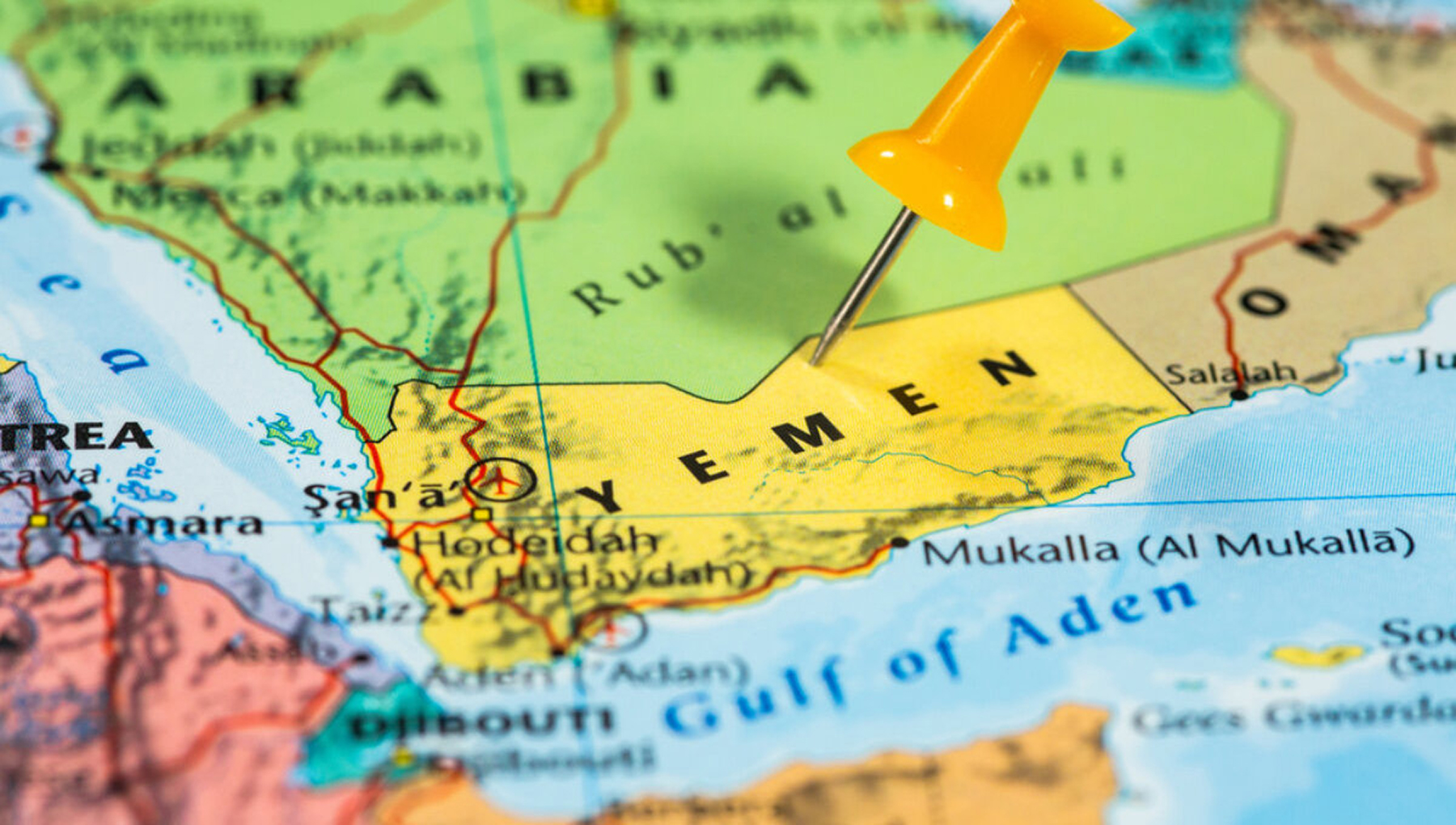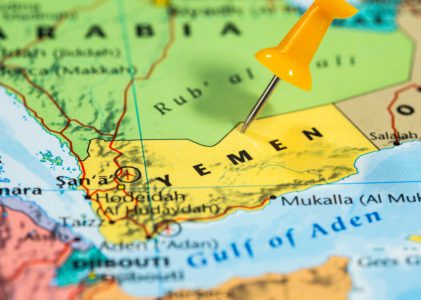After 8 years of war, Yemen remains one of the worst humanitarian crises in the world. More than 4 million people have been driven from their homes and up to 24 million are in acute need of humanitarian assistance. Since the outbreak of war in March 2015, the conditions in Yemen have continued to worsen.
‘Nearly 50,000 people are living in famine-like conditions, with 5 million people facing significant risk of hunger in 2022’.
Combined with the decrease of aid funding in the past years, the future of Yemen looks extremely grim.
Though the UN regards Yemen as the world’s worst humanitarian disaster, the latest pledging conference failed to raise enough money to prevent further harm. The UN was seeking $4.3bn to address Yemen’s food insecurity, but it was only able to raise $1.3bn. While the World Food Programme was forced to reduce food rations for eight million people due to their own funding shortage, the Ukraine crisis further increased food and fuel prices around the globe. Food prices have doubled across Yemen in the past year as the country is being almost entirely dependent on imports (90% of its food) and gets a third of all its wheat supplies from Ukraine.
But the low level of support by the international community is not the only problem that Yemen has. With the enormous number of local, regional, and international humanitarian nongovernmental organisations operating in Yemen, many have criticised the effectiveness of humanitarian assistance in Yemen. As Altman (2018) from the Center of Strategic and International Studies mentions, aid organisations have struggled to meet the needs of the population of Yemen, encountering problems with delivering aid and navigating the political landscape.
The difficulties of providing aid in Yemen are known: Various parties to the conflict, such as the Houthi armed group, the Yemeni government, and the UAE-backed Southern Transitional Council, have severely restricted the delivery of desperately needed humanitarian aid. -The Saudi-led coalition (which backs the Yemeni government) has imposed a naval and air blockade on the country since the conflict began in March 2015, that severely restricted access to food, fuel, and medications. And the Houthi rebels, who control the capital Sana’a and much of the north, have a horrific record of aid obstructions, which includes diverting relief items to their own organisation, blocking aid containers at ports, preventing aid assessments to identify people’s needs and turning back food containers in its entirety.

Photo by World Health Organisation Eastern Mediterranean Regional Office
Despite all these atrocities being committed in Yemen, Western media report on these issues far too seldom. How can it be that one of the worst humanitarian crisis on earth does not make the headlines more often?
Of course it is true that the life of a journalist in Yemen is constantly threatened by censorship, disappearance, torture, and death. The Committee to Protect Journalists, a New York-based press freedom watchdog, has recorded that 29 Journalists and Media Workers have been killed between 2015-2022. The situation for foreign journalists isn’t much better as reports of journalists being harassed and kidnapped have shown.
However, Iraq and Syria, countries that have ranked as the world’s most dangerous places for journalists for years in a row, are considered more difficult for journalists to report from than Yemen, yet both countries receive much more media coverage.
The involvement of western countries, such as the US and UK, is noteworthy at that point. Saudi Arabia, a key player in the war, has been carrying out its military campaign with arms bought from the US and UK for years. The UK, for instance, approved 3.7 billion euros worth of arms to the Kingdom in the first 12 months of its bombardment of Yemen and during his eight years in office, President Obama had reportedly sold arms worth 107 billion euros to Riyadh – more than any US administration in history. Does the US and the UK mainstream media not cover the war and the negative impact it’s having on civilian life to not jeopardise their governments huge profits?
Yemeni activists and journalists highlight another major factor for the low media attention. Many of the people attempting to get to Europe are from countries such as Syria, Afghanistan, or Iraq, so western news audiences are more affected by what’s happening in those countries than what’s happening in Yemen. Baraa Shiban, a London-based Yemeni human rights activist, says: ‘There isn’t a direct or immediate threat coming to western countries from Yemen, there are no ‘waves’ of Yemeni refugees crossing the Mediterranean because it’s too far and if there are refugees, they remain few in numbers.’
Does the world really care this little about millions of people being on the brink of starvation? Shouldn’t human suffering be addressed wherever it is found and not only when our own lives might be affected by it? Why isn’t the entire world waving the flag of Yemen? People suffering in faraway places shouldn’t make the rest of the world immune to it, or so I believe at least.
Plagued by crisis, Yemen has been affected by war and violence for decades. But apart from the negative media headlines, how much do you actually know about the nation? Here are a few interesting facts about Yemen:

Photo by iStock
- In 1982, 16th-century Old Walled City of Shibam was named a UNESCO World Heritage Site. The city is famous for its skyrocketing mudbrick buildings and is oftentimes called ‘Manhattan of the Desert’.

- Mokha, a port city on Yemen’s Red Sea coast, served as the heart for the coffee trade between the 15th to the 18th centuries. It was here that the chocolatey drink first became popular. Cafe Mocha, the trendy coffee drink in today’s world, derives its name from Mokha in Yemen.

Photo by Andrew Svk on Unsplash
- The territory of Yemen includes some 200 islands. Socotra is Yemen’s biggest island, situated some 1000 km east of Aden. Bedded between Somalia and Yemen, this archipelago is one of the most isolated places on Earth. UNESCO has described it as the ‘Galapagos of the Indian Ocean’ because of its rare flora and fauna.

Photo by Andrew Svk on Unsplash
- A unique tree, the Dracaena cinnabari or the dragon blood tree grows on the Yemeni island of Socotra. The tree has great medicinal value and different parts of it have specific medical applications.
Did you know about these facts? And what do you think about the ‘forgotten war’? Let us know in the comments below.


